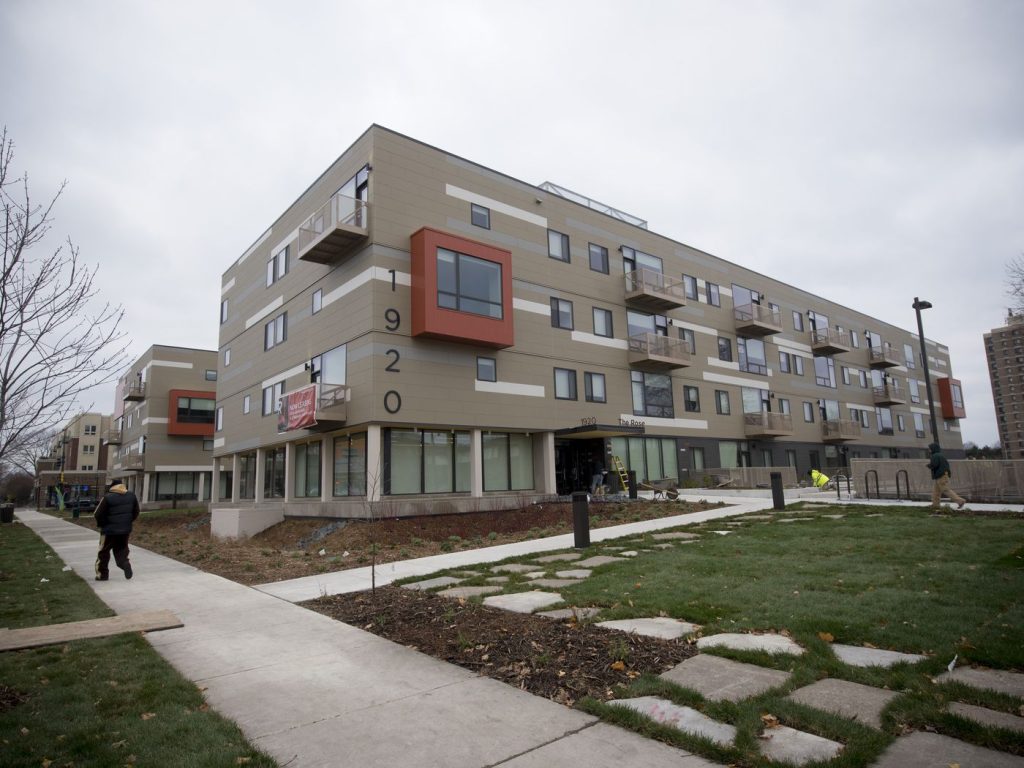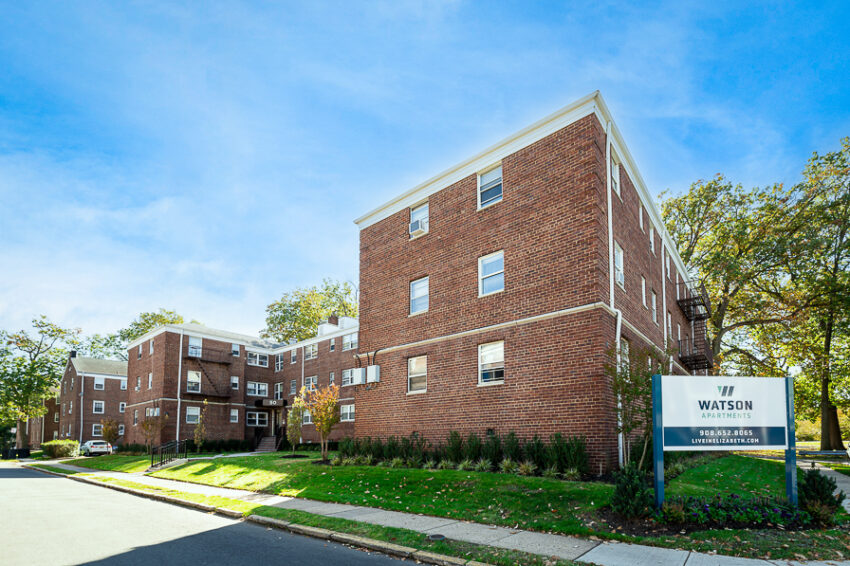Low-income housing is a critical component of any society, as it addresses the fundamental human need for shelter and stability. Access to quality housing is a basic human right, and it plays a crucial role in improving the well-being and opportunities of individuals and families with limited financial means. In this article, we will explore some of the best types of low-income housing solutions, highlighting their features, benefits, and the impact they have on the lives of those they serve.
Types of Low-Income Housing
Public Housing
Public housing has long been a staple of low-income housing solutions. These are government-funded housing developments designed to provide affordable accommodation for low-income individuals and families. While public housing programs have faced challenges over the years, they offer a stable and affordable housing option for many.
Pros of Public Housing:
- Affordability: Rent in public housing is typically income-based, ensuring it remains affordable for residents.
- Stable housing: Provides a stable, long-term housing option for low-income families.
- Community support: Often comes with access to community services and amenities.
Cons of Public Housing:
- Limited availability: Waiting lists can be long due to high demand.
- Maintenance issues: Some public housing complexes may suffer from maintenance problems.
- Stigma: Public housing has sometimes been associated with negative stereotypes.
Section 8 Housing Choice Vouchers
The Section 8 program offers vouchers to eligible low-income individuals or families, allowing them to choose their housing in the private rental market. This program offers flexibility and choice, empowering recipients to find suitable housing within their budget.
Advantages of Section 8 Housing:
- Choice and flexibility: Recipients can select housing that suits their needs and preferences.
- Mobility: Allows individuals and families to move to areas with better job opportunities or education options.
- Reduced concentration of poverty: Promotes the integration of low-income households into diverse neighborhoods.
Limitations of Section 8 Housing:
- Limited availability: Vouchers may be limited, and landlords may choose not to participate.
- Rent fluctuations: Rent prices can fluctuate, making it challenging for recipients to find stable housing.
Affordable Housing Developments
Affordable housing developments are purpose-built housing complexes with rent and occupancy restrictions to ensure affordability for low-income residents. These developments are often created through public-private partnerships.
Benefits of Affordable Housing Developments:
- Controlled costs: Rent remains affordable, often tied to a percentage of the area’s median income.
- High-quality facilities: Designed to meet the needs of low-income residents with modern amenities.
- Community-building: Foster a sense of community with shared spaces and resources.
Drawbacks of Affordable Housing Developments:
- Limited availability: There may not be enough affordable developments to meet demand.
- Waitlists: Similar to public housing, there can be waiting lists for occupancy.

Also read: How To Buy A New House
Supportive Housing
Supportive housing is a holistic approach to low-income housing, combining affordable housing with supportive services tailored to the needs of vulnerable populations, such as the homeless, individuals with disabilities, or those struggling with mental health issues.
Advantages of Supportive Housing:
- Stability: Provides stability and support to individuals who may have otherwise remained homeless.
- Improved well-being: Addresses the complex needs of residents, leading to better mental and physical health outcomes.
- Cost-effective: Reduces costs associated with emergency services, hospitalizations, and incarceration.
Challenges of Supportive Housing:
- Funding: Providing supportive services can be expensive, requiring sufficient funding.
- NIMBY (Not In My Backyard) opposition: Community resistance can be a barrier to establishing supportive housing.
Innovative Low-Income Housing Solutions
In addition to the established types of low-income housing, innovative solutions have emerged to address the pressing need for affordable shelter.
Tiny Homes
Tiny homes have gained popularity as an affordable and sustainable housing option. These compact, energy-efficient dwellings offer a minimalist lifestyle, making them an attractive choice for low-income individuals and families.
Benefits of Tiny Homes:
- Affordability: Lower construction and maintenance costs translate to affordable housing.
- Sustainability: Tiny homes are often designed with eco-friendly features.
- Mobility: Some tiny homes are built on wheels, allowing residents to move easily.
Examples of Tiny Home Communities:
- The Village in Austin, Texas.
- Opportunity Village in Eugene, Oregon.
Co-Housing
Co-housing is a collaborative housing arrangement where residents actively participate in the design and management of their community. While not exclusively for low-income individuals, co-housing can offer affordability benefits through shared resources.
Advantages of Co-Housing:
- Affordability through shared costs.
- Strong sense of community and support.
- Sustainable living through resource sharing.
Successful Co-Housing Projects:
- Temescal Commons in Oakland, California.
- EcoVillage at Ithaca in New York.
Adaptive Reuse of Buildings
Adaptive reuse involves repurposing existing structures, such as factories or warehouses, into residential spaces. This approach not only preserves historical architecture but also provides affordable housing in urban areas.
Benefits of Adaptive Reuse:
- Preservation of architectural heritage.
- Urban revitalization and affordable housing in city centers.
Examples of Adaptive Reuse Projects:
- The Lofts at River East in Chicago, Illinois.
- The Chocolate Factory in New York City.
Green and Sustainable Housing
Green and sustainable housing combines affordability with environmentally friendly features. These energy-efficient homes reduce utility costs for low-income residents while minimizing their environmental footprint.
Sustainable Features:
- Solar panels for energy generation.
- Energy-efficient appliances and insulation.
- Rainwater harvesting systems.
Sustainable Housing Projects:
- Via Verde in the South Bronx, New York.
- Grow Community on Bainbridge Island, Washington.
Factors for Evaluating Low-Income Housing Options
When considering the best types of low-income housing, several key factors should be taken into account:
Affordability
- Cost considerations for residents.
- Government subsidies and affordability programs.
Location
- Access to amenities and services.
- Proximity to employment opportunities and public transportation.
Safety and Security
- Crime rates in low-income housing areas.
- Measures to enhance safety.
Community Support
- Availability of social services.
- Building a sense of community.
Conclusion
In conclusion, there is no one-size-fits-all solution to low-income housing, and the best approach depends on various factors, including location, funding, and the specific needs of the target population. However, by examining these various housing options, including public housing, Section 8 vouchers, affordable housing developments, and innovative solutions like tiny homes and co-housing, communities can work towards ensuring that all individuals and families have access to safe, stable, and affordable housing.

